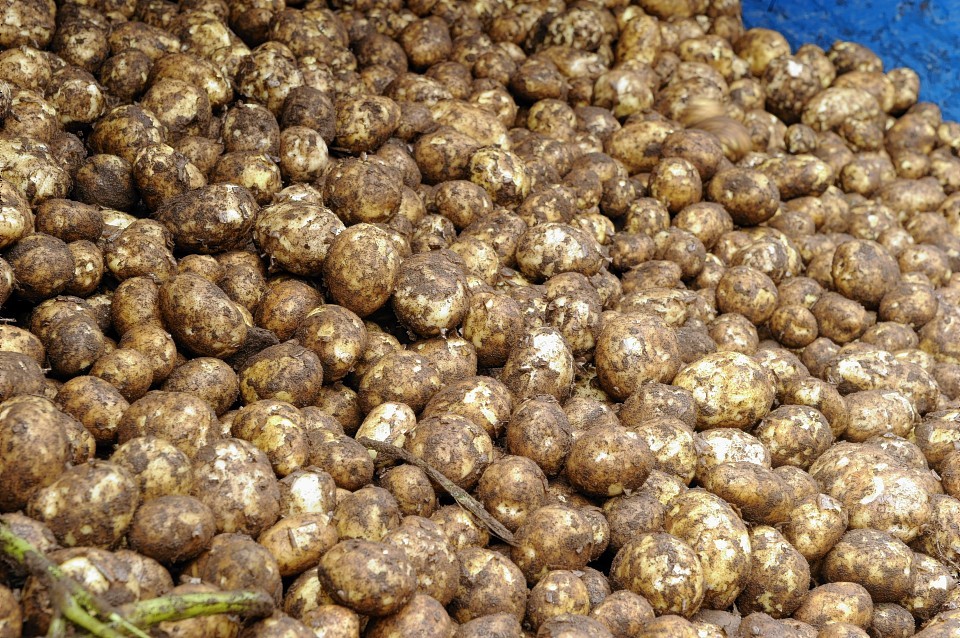UK farm incomes rose in 2016 thanks to higher prices for fruit, vegetables and tatties, and lower fertiliser and animal feed costs.
Figures released from UK farming ministry Defra reveal UK farmers’ income increased by 3.3% last year, with the sector’s contribution to the UK economy down slightly to £8.548billion.
Provisional figures from the UK Government’s food and farming department suggest Total Income From Farming (Tiff) in real terms rose by £59million, or 1.5%, to £3.963billion.
Average individual incomes in real terms were also up 2.2% to £20,657.
In a report, Defra said: “The key contributors to the change were the increases in fruit, vegetables and plants by £546million, direct payments by £309million, potatoes by £171million, combined with reduction in fertiliser costs by £250million and animal feed costs by £157million. In contrast these were offset by a decrease in wheat of £437million, milk of £401million and oilseed rape of £170million.”
It said a weaker pound had led to an 18% increase in the value of direct payments under the Basic Payment Scheme.
Defra said the overall output of crops value remained little changed on 2015 at £8.506billion – all crop values, with the exception of potatoes, vegetables and fruit were down.
The total value of output from the livestock sector was 3.3% lower at £12.655billion.
A 7% decrease in the average milk price to 24.5p a litre in 2016, from 22.6p a litre in 2015, was a major factor in the value of milk falling to £3.263billion.
The value of eggs was down £74million to £607million, however the value of poultry meat was up £23million to £2.243billion.
The value of livestock, primarily for meat, was up £86million and Defra said increases were seen in all sectors.
Fertiliser costs were down £250million to £1.144billion due to lower oil prices in the first half of the year.
Meanwhile UK farmers’ animal feed bills were down £157million to £4.574billion due to a combination of reduced volumes and feed price.
Earlier this year the Scottish Government’s first estimates for Tiff revealed a £96million boost in Scottish farm business incomes to £749million, from £653million in 2015.
It said the weakening of the pound following the EU referendum had led to improved prices for grain, beef and lamb, resulting in a boost to the value of Scottish farm outputs.










